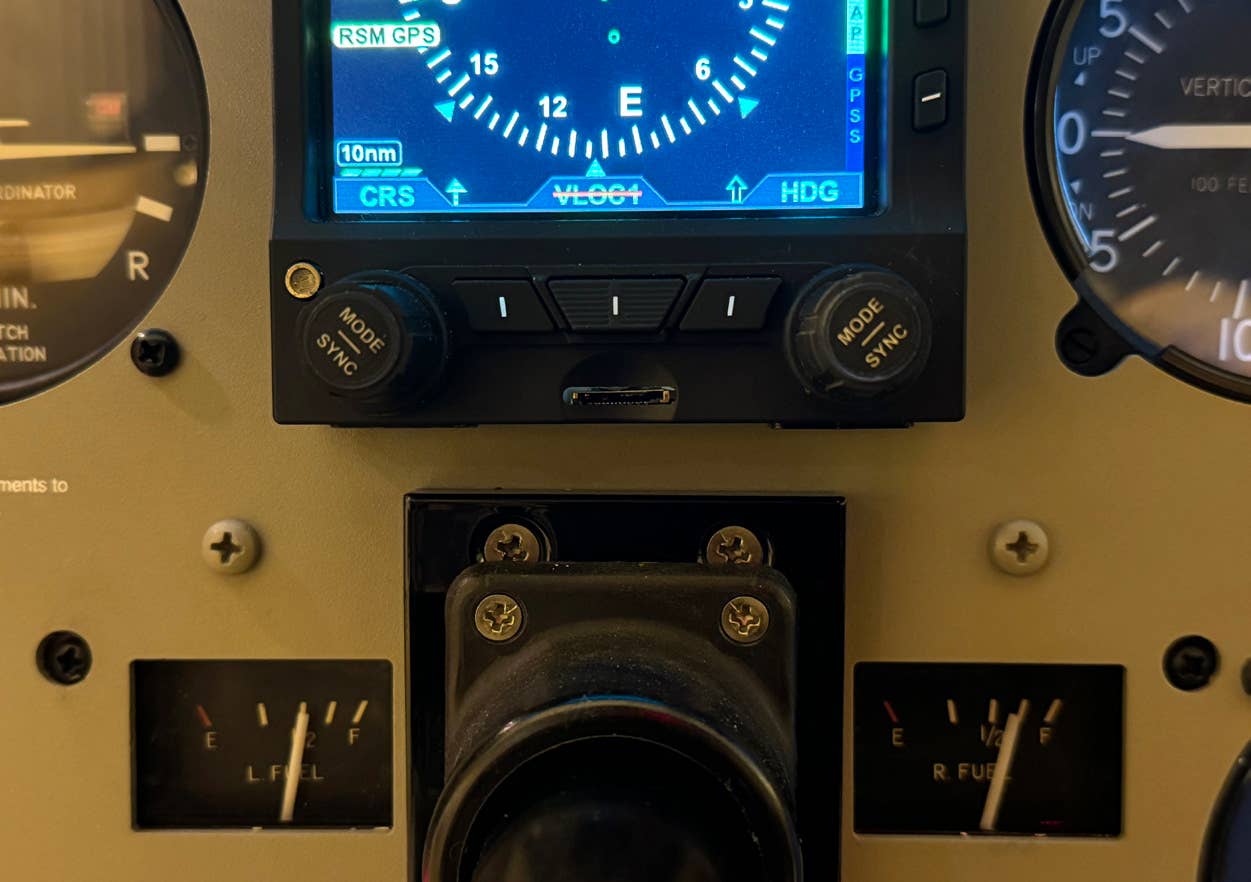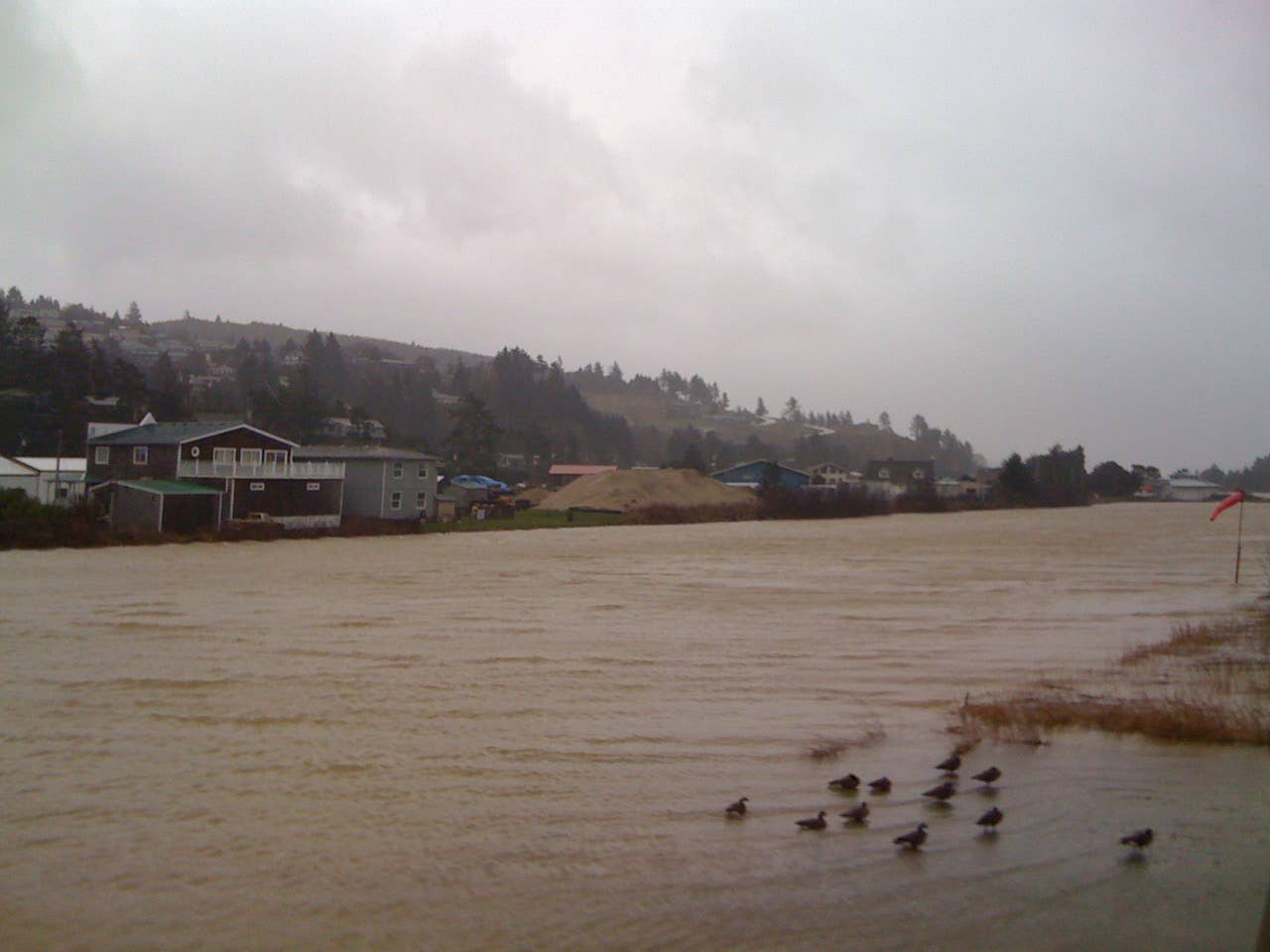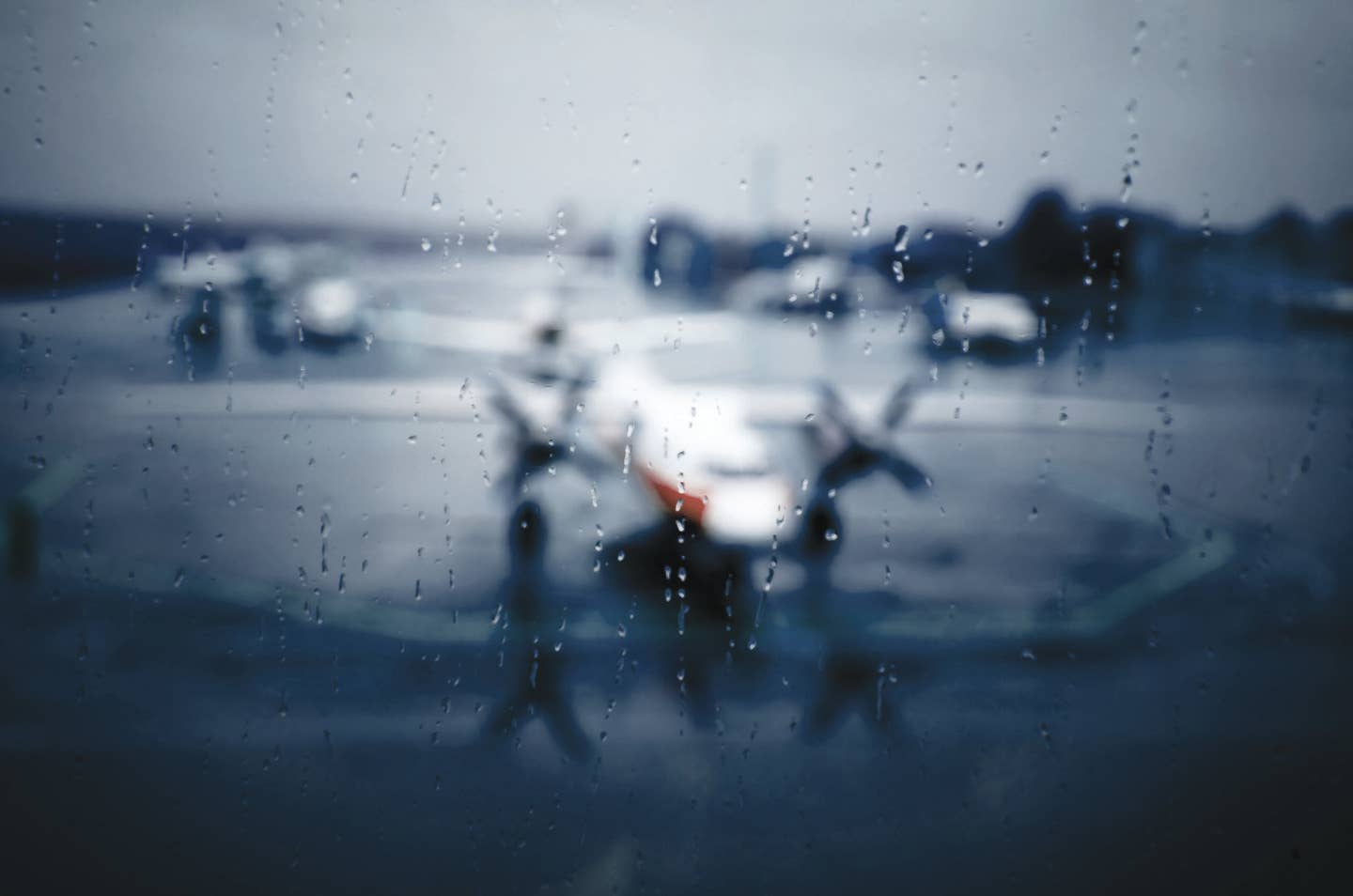
Attendees flew nearly 50 Eclipse jets to the annual owners meeting last year in Coeur d’Alene, Idaho. EJOPA
It was scary. We were more than a mile from the short runway, skimming the treetops in a Chinese-made Socata Trinidad look-alike. We were so low we couldn’t even see the runway. It took me a little while to figure out what was going on. This was the pilot’s idea of how to make a short-field approach. His technique was to get down low and drag it in.
A pilot’s first inclination on a short-field approach is often to drag it in like this. But the recommended method of making a steeper, stabilized approach to a short field helps dissipate speed in the flare and actually results in a shorter landing. Plus, it has many other advantages. But it is counterintuitive.
So why didn’t this pilot know better? Well, the pilot was at a disadvantage. There is a complete lack of an aviation community around this remote private airport on Hainan Island in China.
In China, except at the airlines, pilots and instructors are scarce. So there’s no general aviation community — there is no “aviation village” to pass along and reinforce good technique. In such a vacuum, there is a tendency for pilots to “go feral” and invent their own unusual and interesting techniques.
The same thing can happen in the United States when a pilot learns to fly in a remote area. Back when John and I were teaching ground schools in Alaska, we would often have pilots come in from the bush to take our classes. Frequently, the only instruction they had received previously was a few takeoffs and landings at the remote strip from the noninstructor who sold them the airplane.
Eventually they would decide to fly into Fairbanks or Anchorage — and that would get them into trouble. Consequently, they would be required to take our classes as part of an accelerated program to get safe and legal. In the process, they would not only learn from the classes, but also gain a lot from swapping stories with other pilots. They began to realize how much they didn’t know.
Early in aviation, there was already a sense of togetherness. Learning pilots spent every spare moment around the airport and assembled in the evenings for mandatory ground schools, where they learned to draw wind triangles on sectional charts. The result was an aviation community with caring connections and shared interests that would last these pilots the rest of their lives.
This started an enduring tradition in aviation of sharing knowledge and looking out for one another. When John and I started learning to fly jets, Harry Metz, a friend of ours who operated them, observed the tradition and went way out of his way to mentor us. Decades later we still go to him for knowledge.
But there is reason to believe that this tradition may be at risk. People who use airplanes for travel spend far less time at the airport. The very nature of flying general aviation airplanes is private, independent travel. People go to the airport, get in their airplane and go off on their own, barely talking to anyone.
Plus, with the advent of the Internet, live classrooms are often supplanted by online courses, and relationships that might have developed at the airport are more likely to take place via social media, if at all. One problem of social media is that you don’t have the same cues to establish the element of trust that you have when you are face to face. It is easy to become the focus of someone who wants to impress but, in reality, has no idea what they are talking about. Rather than a place to establish a caring relationship, it can be someplace to be especially careful about vetting any advice.
This is particularly true because the nature of the advice that is most helpful has evolved. In the earlier days of flying, airplanes didn’t fly so far and fast. Pilots came to grief mostly from lack of knowledge or skill. In the more than 100 years we have been flying, we have gradually begun to fly farther and faster. With more change occurring on any flight, risk management has become a greater concern.
Risk management is a tougher subject. It is easy to offend, or be offended, on the subject. Advice is best given in person, and with sensitivity. Still, as mentors, we need to have the courage to care and have the tough conversations with kindness. On the receiving end we need to appreciate that the mentor has our interest at heart, and to accept, even welcome, those conversations when they are directed at us.
Since trustworthy aviation community doesn’t come as easy as it used to, we now have to work harder at it. The FAA has seen this need and has organized live seminars through the Wings program that have taught many thousands of pilots.
Some modern-day airplane manufacturers have recognized the value of community and have strongly supported it. As a result, the Cirrus Owners and Pilots Association (COPA) was formed two years after the first Cirrus was delivered, and about 40 percent of Cirrus pilots are members. COPA has taken active leadership in community-building and safety training. The 2014 Cirrus fatal accident rate is one-eighth of what it was in 2003, and it’s about half the overall GA fatal accident rate for personal and business flying.
The Eclipse Jet Owners and Pilots Association (EJOPA), founded in 2006 when the first Eclipse jet was delivered, represents 65 percent of the Eclipse jets ever built. At the 2016 annual convention in Coeur d’Alene, Idaho, there were 140 attendees. They represented 47 aircraft — nearly 20 percent of the fleet — and came from 17 states plus England and Australia. They were intently focused on learning more about how to better maintain and fly their Eclipse jets and manage the risks of flight — in spite of the lure of the beautiful lake right outside the windows. Of course, they had fun evening programs, with lots of hangar-flying and stories, but seminar attendance stayed high and attentive for the whole convention.
The bottom line is there has been only one fatal Eclipse jet accident. It was in South Africa and may have been due to pilot incapacitation.
Participating in the aviation community does not necessarily involve seminars. It could be going to Sun ’n Fun, AirVenture or AOPA fly-ins. The point is to get together with other folks with shared interests. We will inevitably talk about important aviation things that will make a difference.
The American Bonanza Society recently held a Beechcraft Instructor Crosstalk in which John and I participated. In one session all 50 instructors took turns expressing their concerns. John and I got more out of listening to the other instructors than anything we had done in years.
Over time, we have come to learn that improving risk management truly takes an aviation village.

Sign-up for newsletters & special offers!
Get the latest FLYING stories & special offers delivered directly to your inbox






